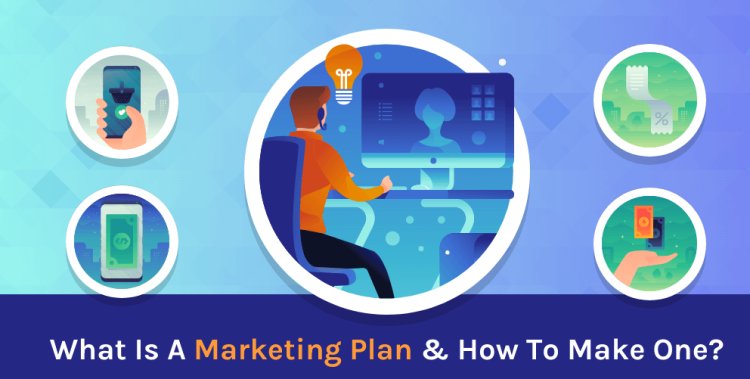How do you plan to promote a website to get real human traffic
Optimize your website for search engines by using relevant keywords in your content and meta descriptions. Use social media to share your website and engage with your target audience. Guest blog on other websites to build backlinks and drive traffic to your site. Participate in online forums and communities related to your niche to establish your brand and attract potential visitors. Run online ads on platforms like Google AdWords or social media platforms to reach a broader audience.

There are several ways to promote a website to get real human traffic:
Search Engine Optimization (SEO): Improving the visibility of a website through optimization of its content and technical structure to rank higher in search engine results.
Content Marketing: Creating and sharing high-quality, valuable, and relevant content to attract and retain a clearly defined audience.
Social Media Marketing: Using social media platforms to promote the website and engage with target audience.
Pay-per-click advertising (PPC): Running targeted ads through platforms such as Google Ads to drive traffic to the website.
Influencer Marketing: Partnering with influencers to reach a wider audience.
Email Marketing: Sending regular newsletters and promotional emails to a list of subscribers.
Referral Marketing: Encouraging existing users to refer the website to their network.
It's important to note that a successful website promotion strategy typically involves a combination of these tactics, rather than relying solely on one method.
Search Engine Optimization (SEO) - This involves optimizing the content and technical structure of a website to improve its ranking in search engine results. This includes techniques such as keyword research, on-page optimization, and link building.
Content Marketing - This involves creating and sharing high-quality, valuable, and relevant content to attract and retain a target audience. This can include blog posts, videos, infographics, and more.
Social Media Marketing - This involves promoting the website and engaging with target audience on social media platforms such as Facebook, Twitter, Instagram, etc. This can include creating social media posts, running social media ads, and participating in online communities.
Pay-per-click Advertising (PPC) - This involves running targeted ads on platforms such as Google Ads and paying for each click the ads receive.
Influencer Marketing - This involves partnering with influencers in your niche to reach a wider audience. Influencers can promote your website through social media posts, blog posts, or other forms of content.
Email Marketing - This involves sending regular newsletters and promotional emails to a list of subscribers to drive traffic to the website.
Referral Marketing - This involves encouraging existing users to refer the website to their network. This can be done through referral programs, incentives, or by simply asking for referrals.
Paid media marketing refers to the promotion of a product or service through paid advertising channels. This marketing strategy involves paying for space or exposure on platforms such as television, radio, print publications, websites, and social media to reach a target audience. The objective of paid media marketing is to drive traffic, generate leads, and increase sales by reaching a wider audience than traditional organic marketing methods. Paid media is often used in combination with other marketing strategies such as content marketing, search engine optimization, and influencer marketing, to maximize the impact and reach of a marketing campaign.
Define your target audience: Identify who your target audience is, their interests, and their pain points.
Set your campaign goals: Determine what you want to achieve with your campaign, such as increased brand awareness or increased website traffic.
Choose your platform: Select the platforms that your target audience uses and where they are likely to see your ads. Some popular options include Google Ads, Facebook Ads, LinkedIn Ads, and Twitter Ads.
Create your ad content: Design eye-catching and relevant ads that will grab the attention of your target audience. Ensure that the ads are optimized for the selected platform.
Set your budget: Determine how much you are willing to spend on your campaign and allocate your budget accordingly.
Target your audience: Set up targeting options for your campaign, such as location, age, interests, and behavior.
Launch your campaign: Launch your campaign and monitor its performance regularly to make adjustments as needed.
Evaluate and optimize: Analyze the results of your campaign, including metrics such as click-through rate (CTR) and conversion rate, to see what worked well and what didn't. Use the insights to optimize your future campaigns.
It's important to continually monitor and adjust your paid media campaigns to ensure that they are delivering the desired results.












